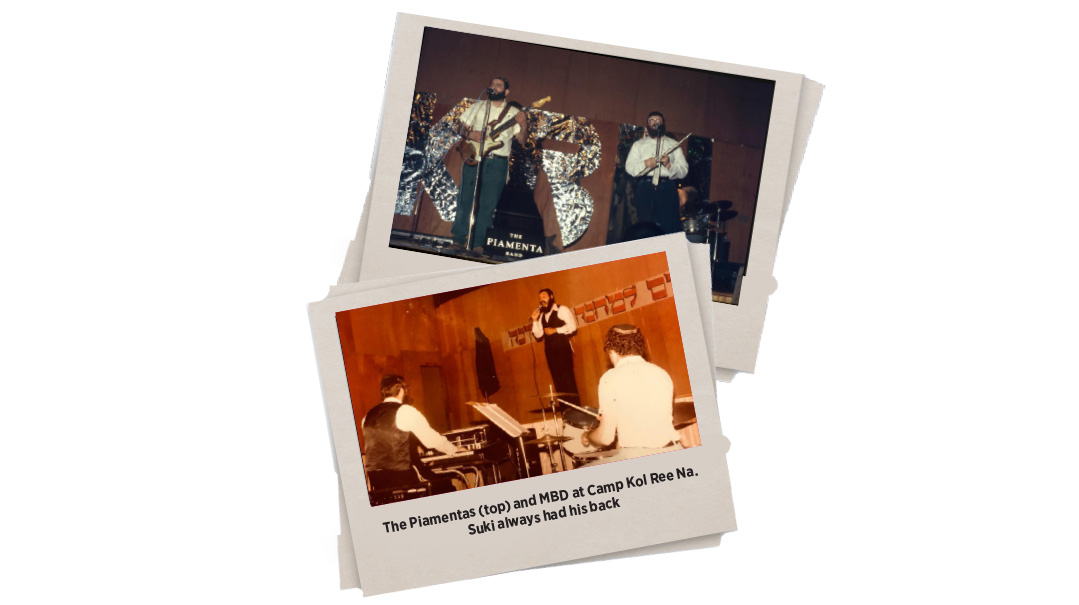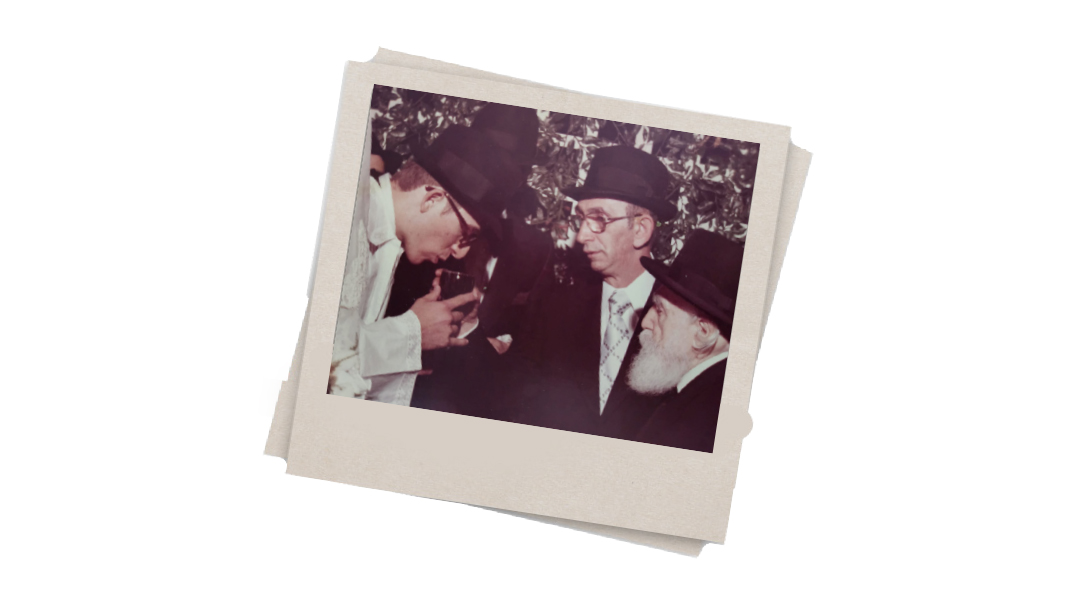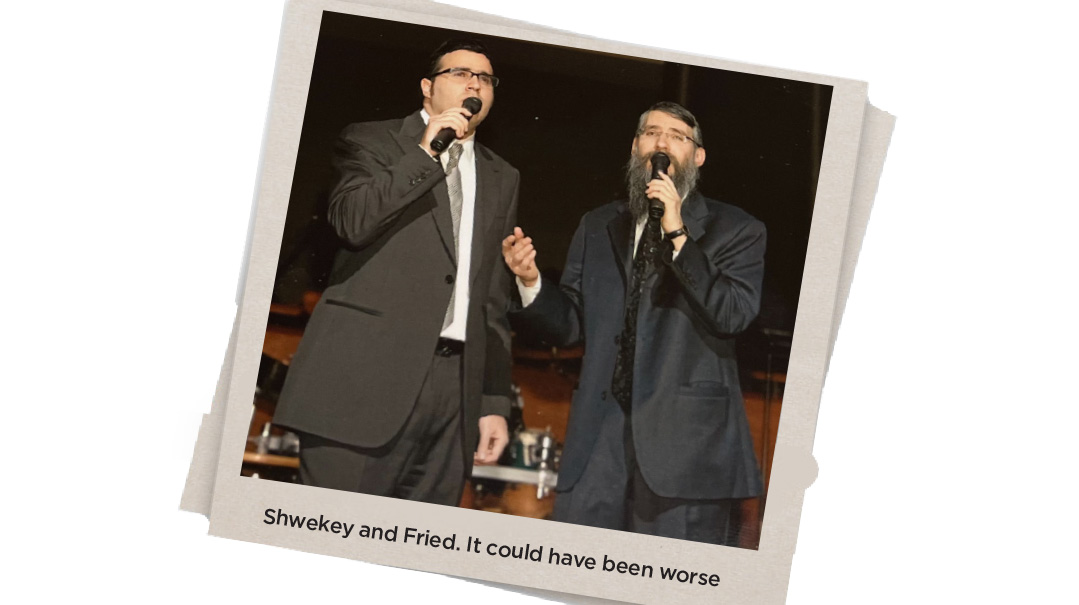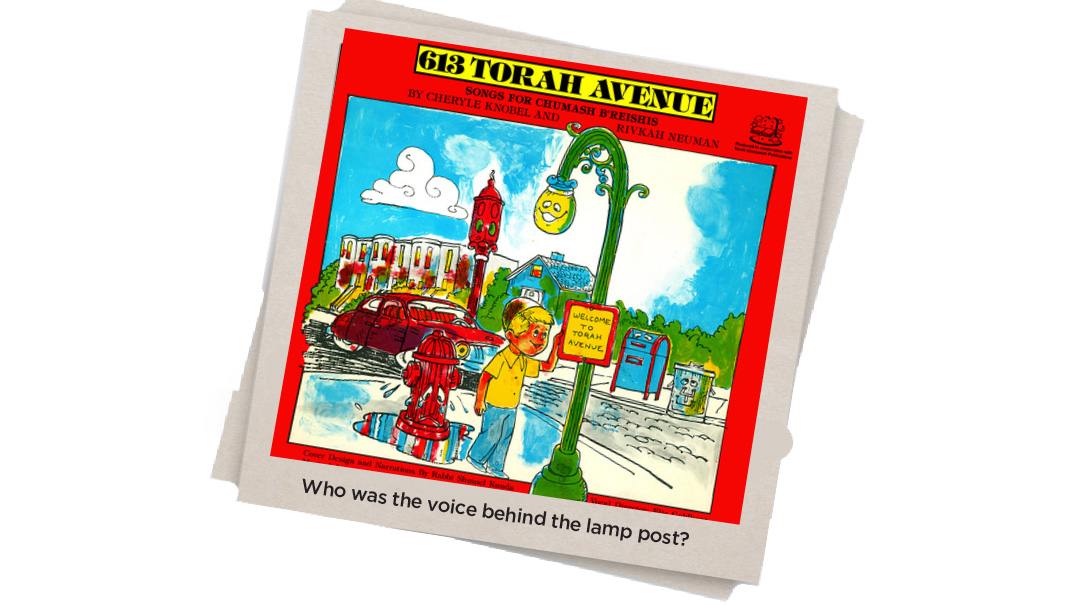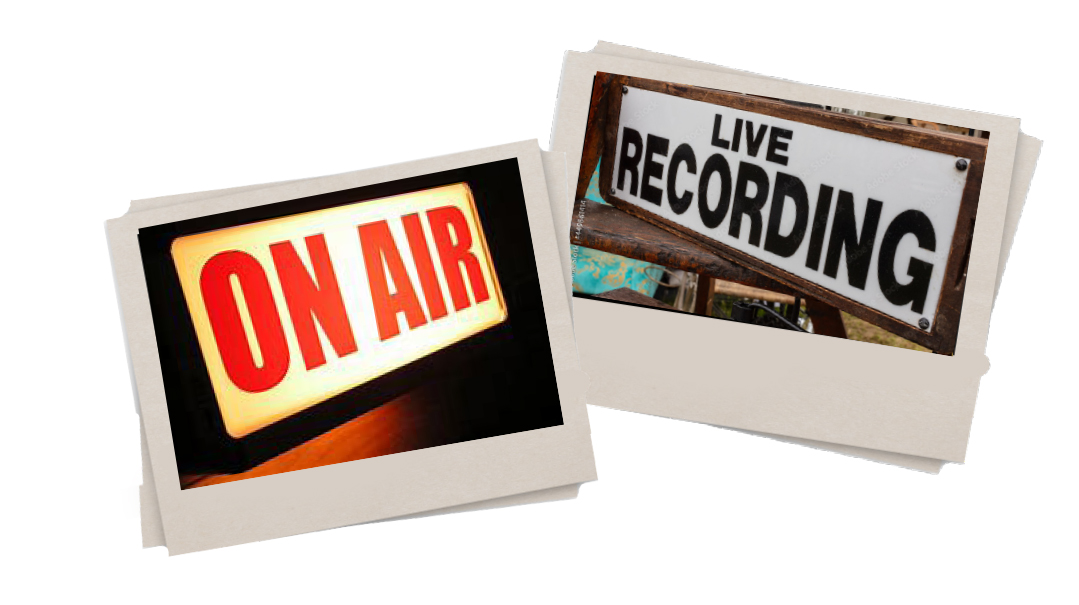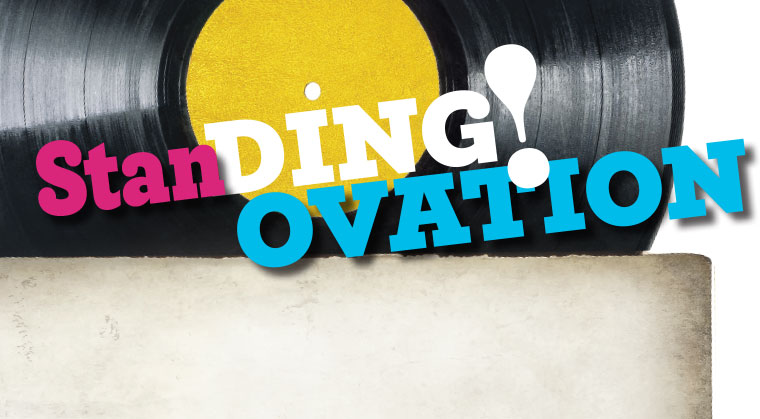Ringtone or Singtone?

There are so many instrument-less albums out there, but is a cappella the Sefirah solution?
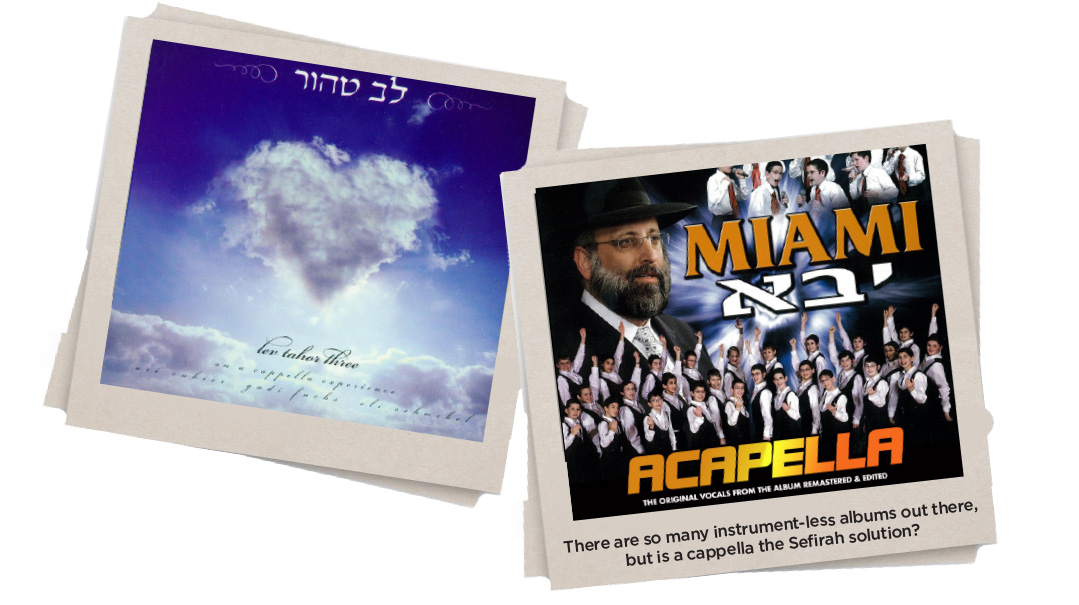
Last year around this time, I was standing in shul in the middle of Minchah when, about ten feet away from me, someone’s cell phone began to ring. But it wasn’t just any ringtone — this one was to the tune of the classic “Od Yishoma.” The shul broke out in a chorus of every type of “Nu” imaginable, until the guy quickly shut his phone and davening continued. When davening was over, the fellow apologized for leaving his phone on, but one man was still clearly upset. “I don’t want to hear your apology,” he told the contrite mispallel. “What makes it even worse is that it’s the middle of Sefirah. How can you be listening to music?”
Now, I’m not a rabbi and I’m surely not an authority on the halachos about what’s permitted and what should be avoided regarding music during Sefirah. However, being in the music industry, I’ve been privy to a host of views and myriad questions that have come up.
Around 25 years ago, the idea of a cappella recordings started as a leniency for times on the Jewish calendar when music is prohibited. (In Italian, a cappella literally means “in chapel,” or choir style. In Gur, for example, the choir accompanying the chazzan is called the “cappella.”) The first of these albums was called The Sefirah Album, produced by Yochi Briskman. Yochi felt that all the songs should be slow, moving, and soul-stirring songs, in keeping with the Sefirah mood.
That album was followed by Avrumi Flam’s The Three Weeks CD, and then a voice-only version of the Lev Tahor albums produced by Eli Schwebel, Gabi Fuchs, and Ari Cukier. Since those days, modern music has evolved to meet the needs and expectations of its audience. Albums like Yerachmiel Begun’s Around the Campfire, Ari Goldwag’s 15 A Cappella Soul CDs, albums by the Maccabeats (a.k.a. Six13), Simcha Leiner, the Chevra, Benny Friedman’s Whispers of the Heart albums, and Doni Gross’s Kumzitz in the Rain series are part of a growing list.
A new development in this type of singing is that performers create authentic-sounding bass and drum beats with their mouths, called “beatboxing.” For poskim who are strict about this type of music, beatboxing is another complication.
Some more frequently asked questions regarding music during Sefirah: If the music is slow, bringing the listener to tears instead of to get up and dance, is it allowed? Is there a difference between recorded music and live music? What about taking music lessons, or a musician playing a job for parnassah? What about a seudas mitzvah, listening to music during a workout, or for staying awake during night driving? And, does Uncle Moishy count? (For all of the above, please ask your LOR.)
Around 50 years ago, my partner Suki Berry was learning in beis medrash in Yeshivas Rabbeinu Chaim Berlin when he received a message to call the rosh yeshivah, Rav Hutner ztz”l. Suki quickly returned the call and the Rosh Yeshivah asked him to come over to his house and bring some music paper and a keyboard.
It was during Sefirah, so Suki asked, “Do you mean right after Lag B’omer?”
Rav Hutner answered, “No. Come now and I will explain.”
When Suki got there, Rav Hutner told him that the music one should not listen to during Sefirah is music that would put someone in a party spirit. The Rosh Yeshivah had just composed a new special niggun and wanted to make sure it was properly notated. This was not get-up-and-dance music, but rather a serious expression of avodas Hashem.
This year when we count the Omer, may we all dance together with Rabi Akiva and his talmidim, as we make our way to greet Mashiach!
(Originally featured in Mishpacha, Issue 1009)
Oops! We could not locate your form.

